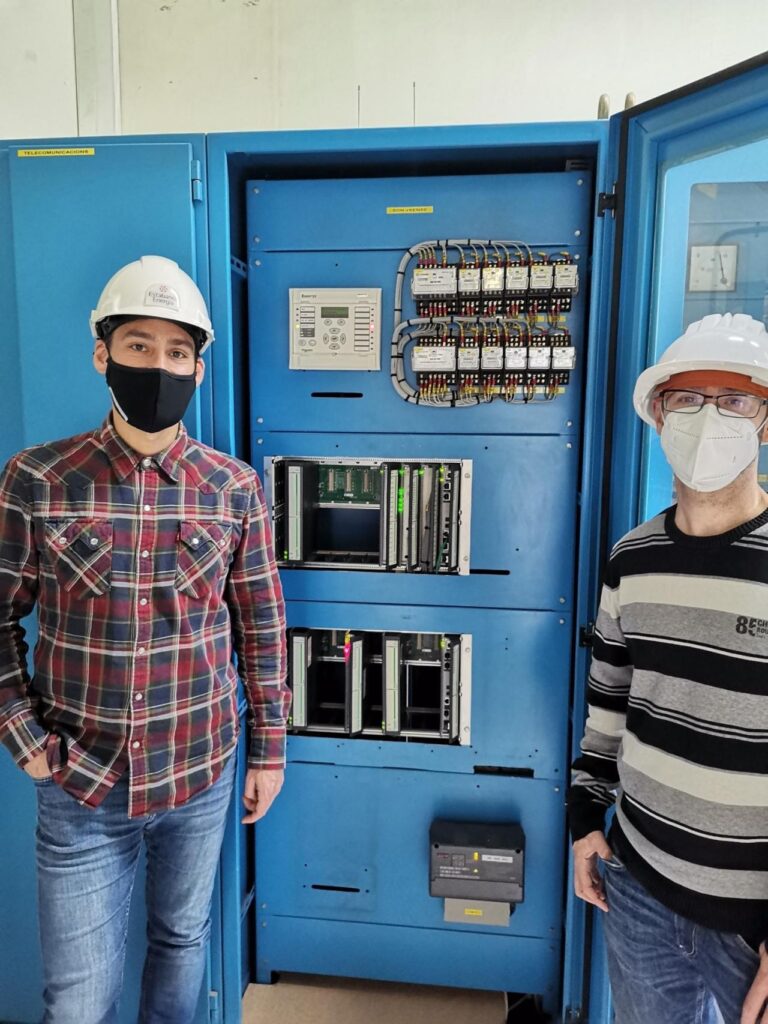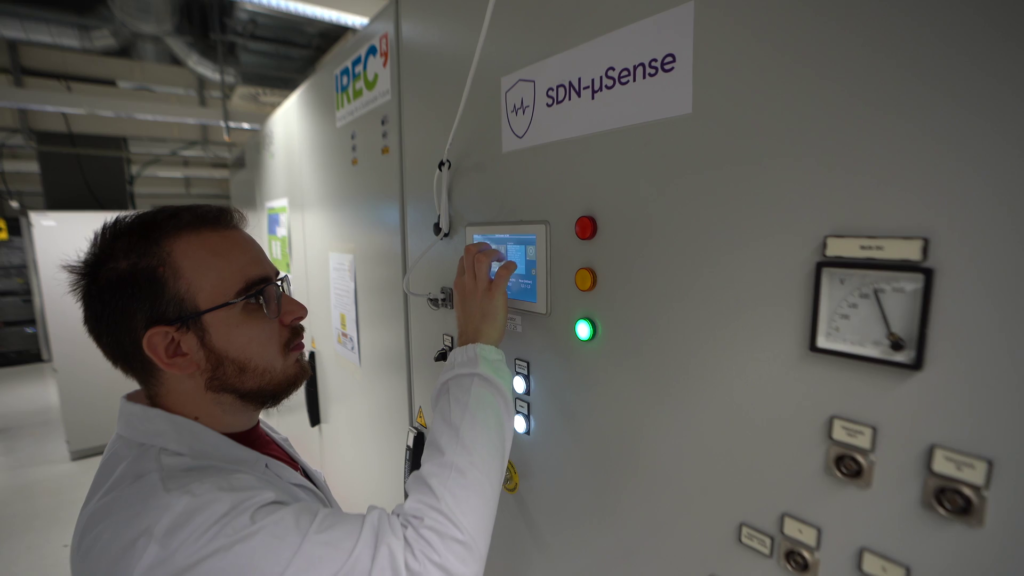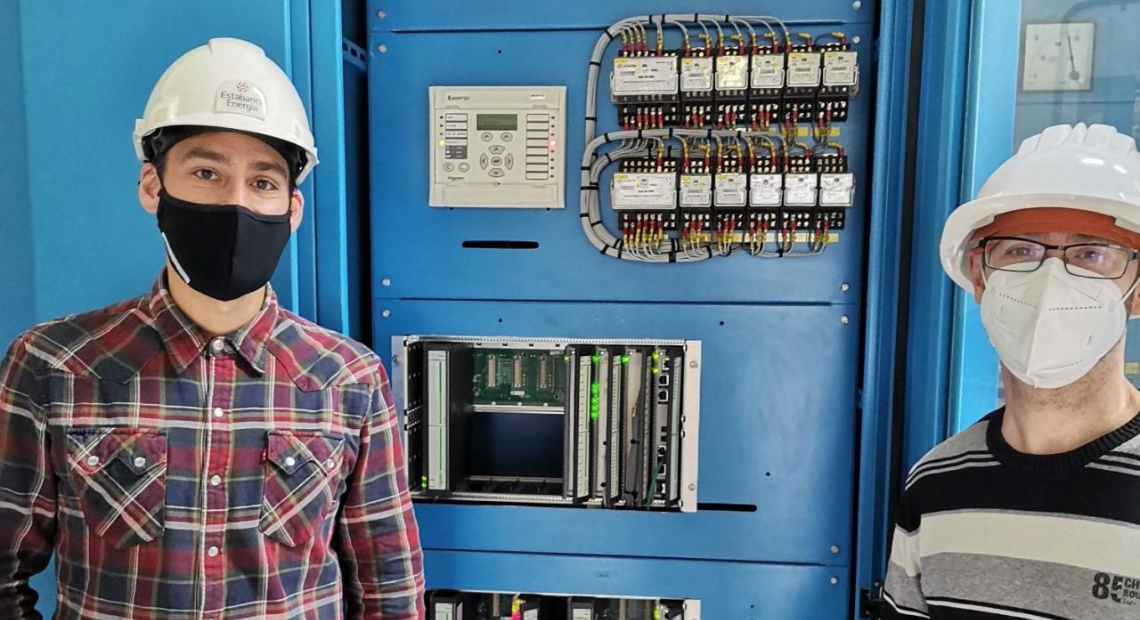The Catalonia Institute for Energy Research (IREC), together with the electricity distribution company Aněll, has launched a pilot platform aimed at preventing and mitigating cyberattacks on critical systems such as the electrical grid. This platform could be replicated in other distribution networks, both nationally and internationally.
According to the 9th Report on Cybercrime in Spain, the energy sector has experienced the highest number of incidents, accounting for 30.44% of attacks in 2021, followed by the financial sector with 25.29% and the water industry with 17.21%.
Ramón Gallart, innovation expert at Aněll, clarified in an interview with the EFE Agency that when we talk about cyberattacks, it is not always about someone targeting private data to demand a payment. Sometimes attackers can manipulate electrical parameters and systems to impact the supply, demand, and protection systems.
“The energy sector is not like a factory with its production process enclosed within walls, but rather our assets are spread worldwide,” Gallart stated. He explained that this interaction between the telecommunications layer and the energy layer makes the vulnerability increase as more assets are connected to the electrical grid each day.
For example, earlier this year, the facilities of the Hospital Clínic in Barcelona suffered a ransomware attack that paralyzed its operations for several hours. The Pompeu Fabra University (UPF) chose to disconnect all its IT services for a morning to assess a potential incident of a similar nature.
In this direction, the European project SDN-microSENSE aims to provide secure and privacy-enabled tools that are resistant to cyberattacks. The project ensures the normal operation of Energy and Power Systems (EPES), as well as the integrity and confidentiality of communications and data.
Alba Colet, an expert in industrial communications and systems integration at IREC, explained that this technology, called Software Defined Network (SDN), seeks to unify the management of communication ports on “switches”, which handle the flow of information from devices. This allows centralized and standardized data traffic management.
Colet acknowledged the challenge of aligning the needs of both sectors (communication and electrical systems) due to their different languages. From her experience, “the great innovation” lies in the fact that this technology, originally designed for communication networks, is being applied to the electrical distribution sector within the project.
Pol Paradell, an expert in power electronics and electrical grid at IREC, specified that the idea is to analyze alternative communication paths when one becomes overloaded. Furthermore, by going a step further, potential attackers can be detected to not only redirect but also block traffic.
This project is part of an initiative involving other research centers in the European Union. Due to the use of classified information as “Restreint UE / EU Restricted“, the participants have received accreditation from the National Authorities Service.
Paradell mentioned that one of the project partners proposed redirecting traffic to a simulator, an exact replica of the system, to deceive attackers into thinking they are achieving their goals.
“Previously, everything was physical, and you had to go and disconnect a cable. Now, with SDN technology, you can have applications that monitor and make decisions about data paths,” concluded Paradell.
You can find the related press release here (in Catalan, Spanish and English):
Pictures:


The SDN-microsense project has received funding from the EU’s H2020 research and innovation programme under grant agreement No 833955.




